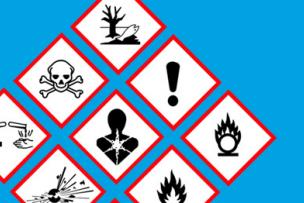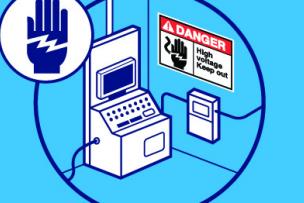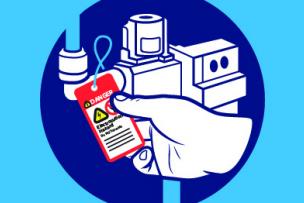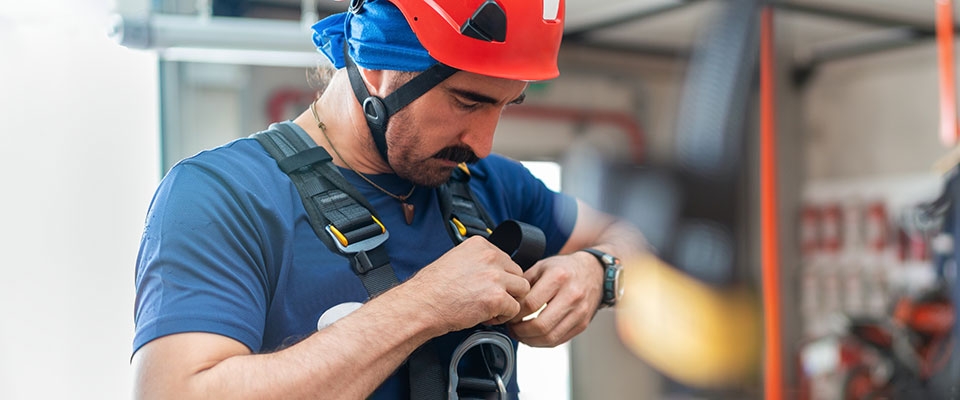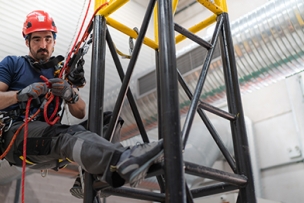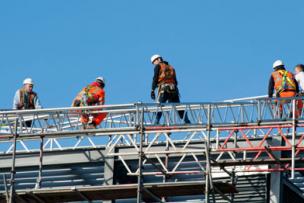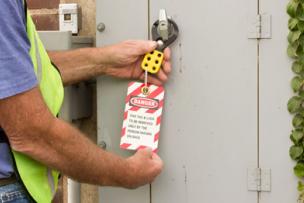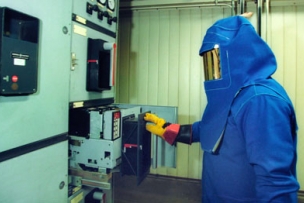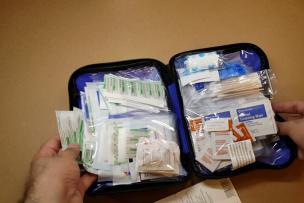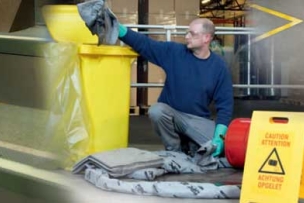Safety Compliance
MOST READ
Clarifying OSHA’s General Duty Clause: 5 common misconceptions.
Understand OSHA’s rules for machine guarding.
Recordable versus reportable incidents: What’s the difference? Find out in this quick guide on complying with OSHA’s recordkeeping regulation, 29 CFR 1904.
QuickTakes from OSHA
The latest safety insights and actions from OSHA's live QuickTakes RSS feed.
Infographics
Over the years, the hazard communication standard has changed in dramatic ways. See how in our detailed infographic.
All you need to know about the ANSI Z535 standards.
Your visual guide to OSHA’s workplace safety signage regulations.
FALL PROTECTION
Get the facts on the correct use of safety harnesses and lanyards.
Safety railings and guardrail systems can help protect employees from falls, a leading cause of workplace safety violation citations.
Lockout/Tagout
Authorized and affected employees face different levels of risk from hazardous energy, so there are different safety requirements for each.
Manufacturers that rely on lockout/tagout procedures to keep employees safe are eager to take advantage of digital capabilities that might simplify the process but wary of limited or unsteady network access and reluctant to pick up the cost of smartphones currently required to use them.
Here’s how to craft a solid lockout/tagout program for your employees with effective training programs that will foster a safety culture.
When employees engage in improper lockout/tagout procedures, dangerous (and costly) flash fires can occur. Here are five methods for keeping your staff safe from electrical harm.
A centralized lockout station prevents confusion and clutter. Maximizing space, in addition to streamlining operations, also helps to make a facility safer.
Do you have a robust lockout/tagout training program in place? Here’s how to know.
First-Aid
Recently developed first-aid kit standards can help employers decide what type of kit, Class A or Class B, they need for their facility.
OSHA (U.S. Department of Labor Occupational Safety and Health Administration) is the main federal agency charged with the enforcement of safety and health legislation. OSHA regulations regarding first aid kits are contained in the Code of Federal Regulations under section 29 CFR 1910.151 and in Appendix A. OSHA does not provide specifications for first aid kit contents per se but defines mandatory requirements for availability of kits on worksites.
Is your first-aid kit in compliance? Understand the ANSI/ISEA Z308.1-2015 standard classes and types—and learn who can give helpful advice.
Slips, Trips, and Falls
Help your facility meet OSHA standards and prevent slips, trips and falls from occurring in the workplace.
Having a consistent color standard for floor marking and understanding the regulations that influence these best practices will help you create and maintain a safer, leaner and more efficient facility.
Safety Above The Neck
Get helpful tips on hearing conservation and understand some of the nuance needed to select the right ear protection.
Whether you run a small shop or manage safety for a large company, here are the essentials to start thinking about eyewash stations.
Keeping up with the standards for hand protection is a full-time job. Cut through the noise. Learn how to navigate the rules and choose the right products.




